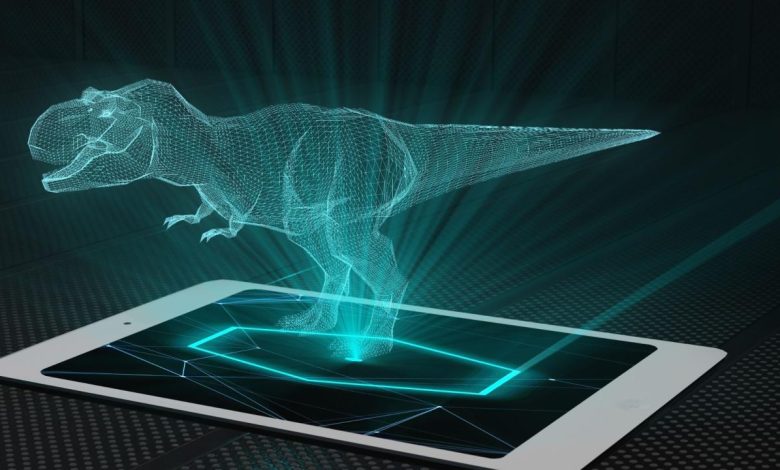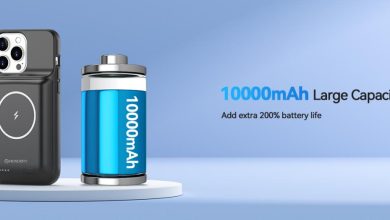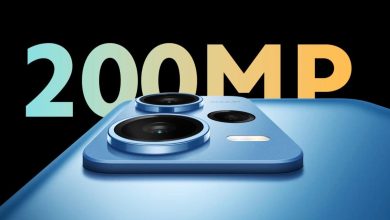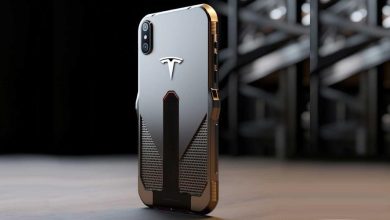Holographic Phone Displays Coming

The smartphone industry is on the verge of a revolutionary leap with the imminent arrival of true holographic display technology. As we approach 2025, several tech giants are preparing to launch devices that project 3D images into open space without glasses or special viewing angles, fundamentally changing how we interact with our mobile devices.
Why Holographic Displays Matter
This breakthrough technology promises to:
-
Eliminate the need for physical screens
-
Enable true 3D interaction with digital content
-
Revolutionize AR/VR applications
-
Create shared viewing experiences without headsets
-
Transform mobile gaming and media consumption
How Holographic Phone Displays Work
A. Core Technologies Powering Holography
-
Light Field Displays – Projects light at multiple angles
-
Volumetric Pixels (Voxels) – 3D equivalent of 2D pixels
-
AI-Powered Depth Mapping – Creates realistic perspective
-
Electro-Holography – Uses electrical fields to shape light
-
Nanophotonic Waveguides – Directs light precisely
B. Display Specifications
-
4K equivalent resolution per eye
-
180° viewing angles
-
10,000 nits peak brightness
-
Holographic touch feedback
-
Dynamic focus adjustment
First-Generation Holographic Phones (2025-2026)

A. Samsung Holo Galaxy (Projected 2025)
Expected Features:
-
6.8″ convertible holographic display
-
Snapdragon 8 Gen 4 with holographic co-processor
-
Dual-mode (2D/3D switching)
-
Under-display camera for AR integration
B. Apple Vision Phone (Rumored 2026)
Leaked Specs:
-
LiDAR-enhanced holography
-
A18 Bionic with Neural Engine 4
-
Retina Holographic Display
-
Seamless Handoff with Vision Pro
C. Xiaomi Holographic Mix (2025 Prototype)
Innovations:
-
360° viewable holograms
-
Air Touch gesture controls
-
Solar-powered holographic projection
-
Modular holographic accessories
Technical Challenges Overcome
A. Power Consumption Solutions
-
AI-optimized rendering
-
Selective hologram activation
-
New battery chemistries
-
Efficient photon recycling
B. Miniaturization Breakthroughs
-
Nano-structured optical films
-
Foldable holographic waveguides
-
Chip-scale laser arrays
-
Quantum dot enhancement
Real-World Applications
A. Revolutionary Use Cases
-
3D Video Calling – Life-size holograms of contacts
-
Holographic Navigation – Floating 3D maps
-
Medical Imaging – Interactive 3D scans
-
Retail – Virtual product inspection
-
Education – Interactive 3D models
B. Gaming & Entertainment
-
True 3D mobile gaming
-
Holographic movie viewing
-
Interactive storytelling
-
Virtual concerts in your space
Comparison With Current Technologies
| Feature | Holographic | OLED Foldable | Conventional |
|---|---|---|---|
| Viewing Angles | 180°+ | 170° | 160° |
| 3D Capability | Native | Emulated | None |
| Power Draw | High | Medium | Low |
| Brightness | 10,000 nits | 2,000 nits | 1,500 nits |
| Content Ecosystem | Emerging | Mature | Established |
Consumer Considerations
A. First-Generation Limitations
-
Premium pricing ($2,000+ estimated)
-
Limited battery life (3-4 hours holographic use)
-
Early content scarcity
-
Bulky initial designs
B. Who Should Wait?
-
Budget-conscious consumers
-
Those satisfied with current displays
-
Users who prefer mature technologies
Future Developments (2027-2030)
A. Coming Advancements
-
Contactless tactile feedback
-
Full-color volumetric displays
-
Neural interface integration
-
Self-holographing cameras
B. Market Predictions
-
20% of premium phones by 2028
-
Mainstream adoption by 2030
-
Replacement of traditional screens
Industry Impact
A. Disrupted Markets
-
Tablet and laptop sales
-
AR/VR headset demand
-
Digital signage industry
-
Automotive displays
B. New Opportunities
-
Holographic content creation
-
3D interface design
-
Spatial advertising
-
Telepresence services
Final Verdict

Holographic phone displays represent:
-
The biggest mobile innovation since touchscreens
-
A paradigm shift in human-digital interaction
-
New challenges for developers and creators
-
Exciting possibilities for communication
-
The beginning of true 3D mobile computing



